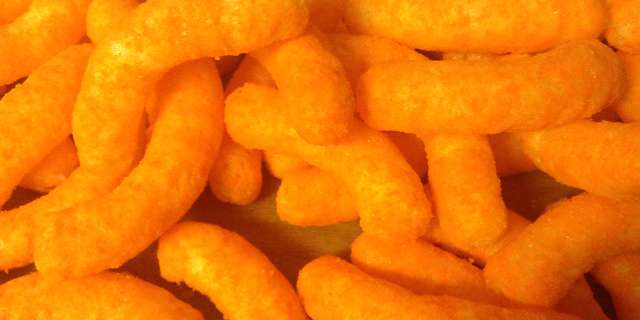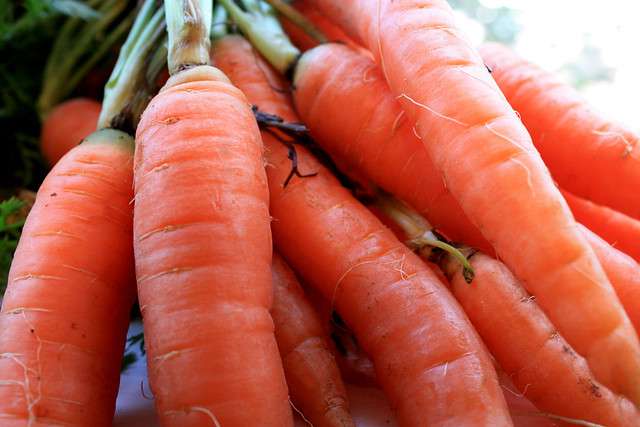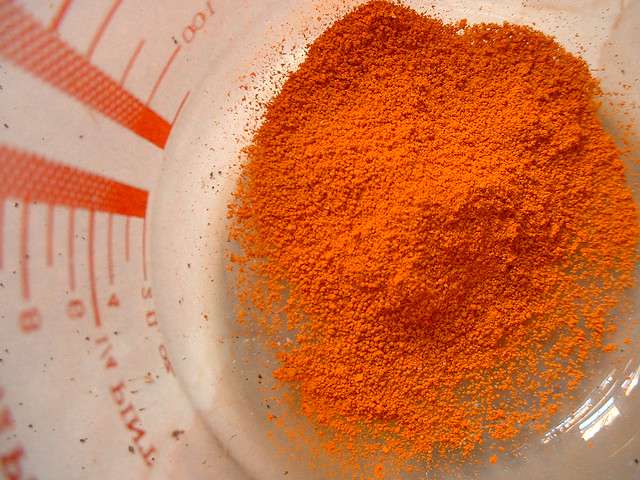
The FDA is responding to consumer demands with new regulations on the use of artificial food colorants and manufactures must seek more natural alternatives. Image Source: Flickr user Mike Mozart
It’s the most wonderful time of the year, and my calendar is filled with parties and festivities that allow me to share this joyous season with family and friends. Most holiday gatherings involve a fair share of snacks and food. However, as much as I love those brightly colored cheese puffs, I worry that maybe the artificial food colorant that fills my plate may not be so wonderful at all. Consumers are starting to be more aware of what they put into their bodies and there has been a lot of controversy over the use of artificial food colorant in recent years. The FDA (Food and Drug Administration) is in the process of developing new regulations which have manufacturers looking for more natural alternatives.
Beta-Carotene is a naturally derived pigment that is abundant in many fruits and vegetables, and provides an alternative for food colorant in many products within the food and beverage industries. Its strong red-orange hue makes it an ideal alternative to artificial food colorants, plus beta-carotene provides an excellent source of vitamin A and its antioxidant properties are an added bonus. Spectrophotometers play an essential role in the measurement of beta-carotene as both a nutritional supplement and a natural food colorant. Processing, labeling, and regulations all require quantifiable color measurement to ensure quality and consistency in the food and beverage industries, and spectrophotometers provide the ideal means to do so.



